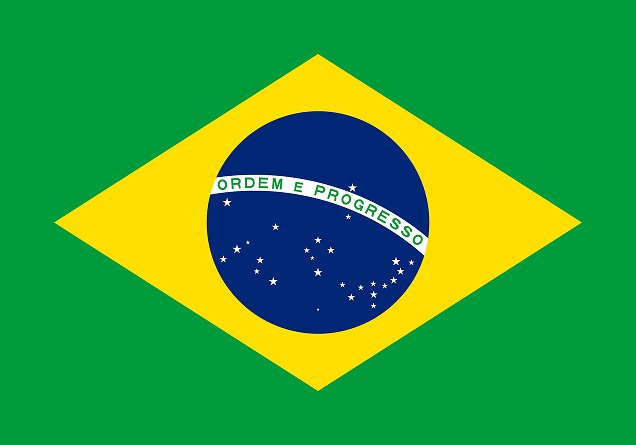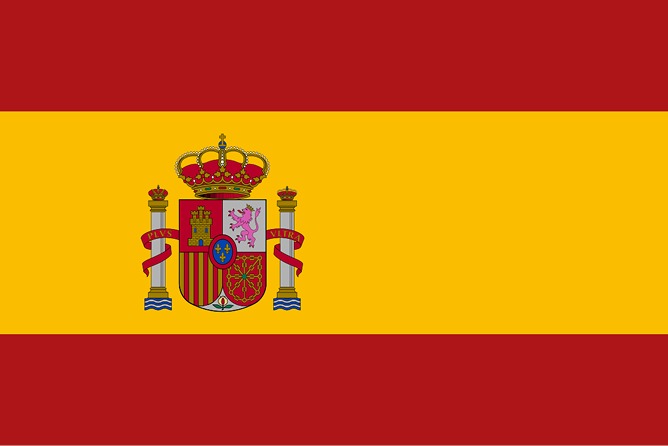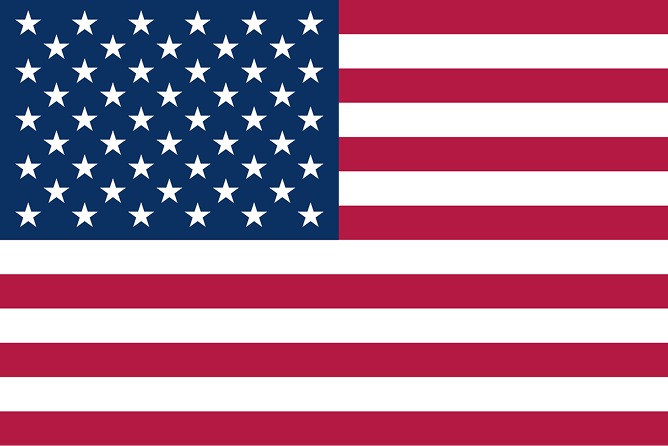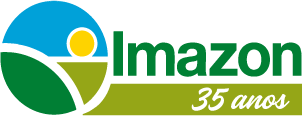Não conseguimos encontrar a internet
Tentando reconectar
Algo deu errado!
Aguarde enquanto voltamos ao normal

Radar Verde: Transparency of Beef in the Brazilian Amazon - Control Evaluation over the Beef Production Chain, Indicator 2022
20/12/22Instituto do Homem e Meio Ambiente da Amazônia (Imazon) e Instituto O Mundo Que Queremos. Radar Verde: Transparency of Beef in the Brazilian Amazon - Control Evaluation over the Beef Production Chain, Indicator 2022. Belém/São Paulo: Imazon e O Mundo Que Queremos, 2022.

Chances are that the beef you consume comes from farms where, one day, was the Amazon Forest. Cattle raising is the main driver of deforestation in the region. Cattle pastures currently cover about 90% of the total deforested area and more than 90% of new deforestation is illegal. At least 93 million of more than 218 million of beef cattle raised in Brazil are located in the states of Acre, Amapá, Amazonas, Mato Grosso, Pará, Rondônia, Roraima, Tocantins and Maranhão.
The Amazon is home to the largest tropical forest in the world, which provides several services to humankind. Due to its carbon stock, the forest is vital to the climate balance on the planet. It is also essential to the origin of rainfall in the significant part of the continent, housing one of the wealthiest diversities in the world. Additionally, forest products have an economic potential that has not yet been explored. For all that and more, the sustainable use of the Amazon is one of the biggest challenges in Brazil.
Consumers play an important role and can help stop deforestation in the world’s largest tropical forest by demanding that supermarkets and slaughterhouses the guarantee that the beef they sell does not originated from irregularly deforested lands. However, to guarantee the origin of beef, the entire production chain must be monitored, starting from the ranches where the calf is born, following all of the ways it goes through, until the beef is served at our dining tables.
For that reason, Imazon (Amazon Institute of People and the Environment) and O Mundo Que Queremos Institute, funded by NICFI (Norway’s International Climate and Forest Initiative) and iCS (Institute for Climate and Society), have developed a new public indicator for transparency and control of the production chain and marketing of beef in Brazil: RADAR VERDE.
It is an indicator that will annually show which slaughterhouses and supermarkets have demonstrated better control and transparency in the production chain of the beef they sell. RADAR VERDE will be a tool for consumers to choose where they want to purchase the beef they consume and for society to better understand the beef origin using the evaluation of control over its production chain.
Read here the report
 PT
PT
 ES
ES
 EN
EN

